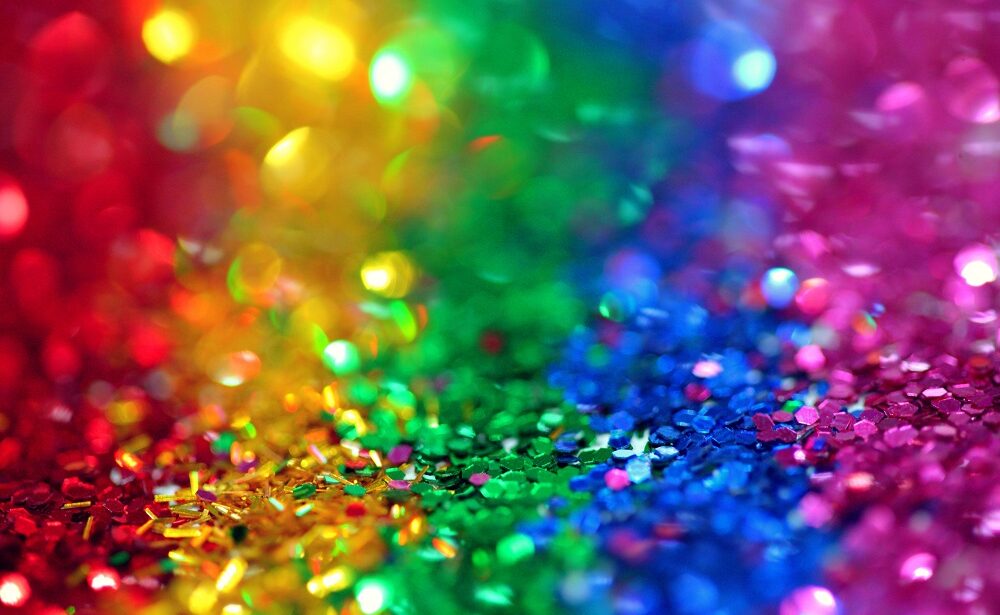Photo by Alexander Grey
When it comes to web design, color is one of the most powerful tools at a designer’s disposal. Color can evoke emotions, create a brand identity, and influence a user’s behavior. Understanding the psychology of color and its impact on the user experience is essential for creating effective and engaging websites. In this article, we will explore the power of color in web design and how it can be used to create memorable and impactful user experiences.
The Psychology of Color
Color has a profound impact on our emotions and behavior. Research has shown that different colors can evoke different emotions and reactions from people. For example, blue is often associated with trust, reliability, and calmness, while red is associated with excitement, passion, and urgency. By understanding the psychology of color, designers can use it to their advantage and create websites that elicit specific emotional responses from users.
The Impact of Color on Branding
Color is an essential element of branding. It’s often the first thing people notice about a brand, and it’s the primary way a brand can distinguish itself from competitors. Brands that effectively use color in their branding can create a strong emotional connection with their audience and build brand recognition. For example, the color blue is associated with several well-known brands such as Facebook, Twitter, and IBM, while the color red is associated with brands such as Coca-Cola and Netflix.
The Importance of Color Contrast
Contrast is a critical aspect of color in web design. Contrast refers to the difference between two colors, and it’s essential for creating readable and accessible content. For example, if the text on a website is black, it should be placed on a white background to create high contrast and ensure readability. Poor contrast can make it difficult for users to read the content, which can lead to frustration and a poor user experience.
Color Accessibility
When designing websites, it’s essential to consider color accessibility. Color blindness affects approximately 8% of men and 0.5% of women, making it essential to ensure that websites are designed with color accessibility in mind. Designers can use tools such as color contrast checkers to ensure that their color choices meet accessibility standards and can be easily read by all users.
Using Color to Create a Visual Hierarchy
Color can also be used to create a visual hierarchy on a website. A visual hierarchy refers to the arrangement of elements on a webpage, with the most important elements being the most prominent. By using color to highlight important elements, designers can create a clear and easy-to-understand visual hierarchy. For example, a call-to-action button on a webpage can be colored in a contrasting color to draw attention to it and encourage users to take action.
The Role of Color in User Engagement
Color can also be used to encourage user engagement on a website. By using bright and bold colors, designers can create a visually stimulating experience that captures users’ attention and encourages them to explore the website further. For example, using bold colors for interactive elements such as buttons and links can make them more noticeable and encourage users to engage with them.
Color is a powerful tool in web design that can be used to create impactful and engaging user experiences. Understanding the psychology of color and its impact on branding, contrast, accessibility, visual hierarchy, and user engagement is essential for creating effective and memorable websites. By using color intentionally and thoughtfully, designers can create websites that are not only visually appealing but also provide a positive user experience.
